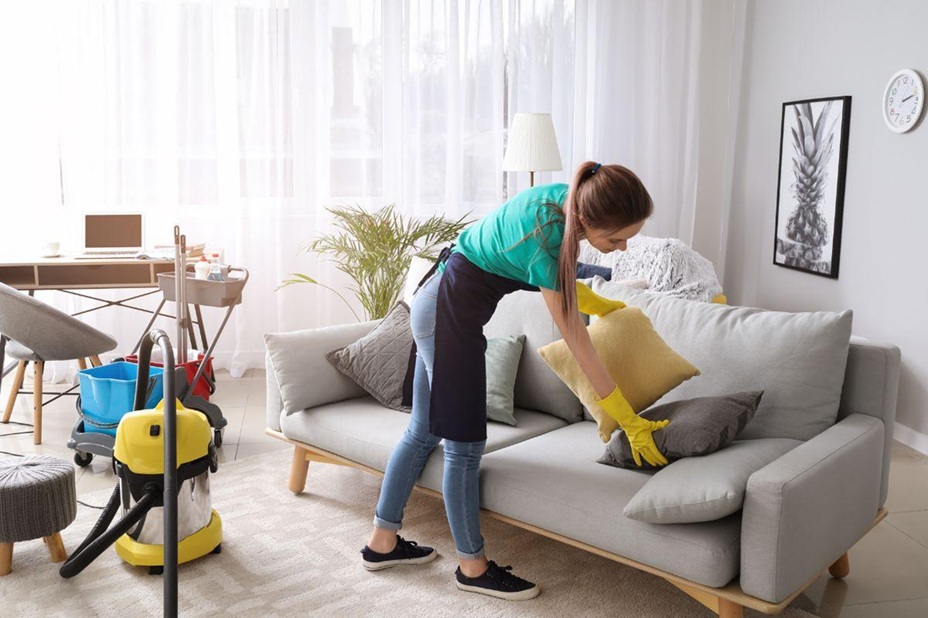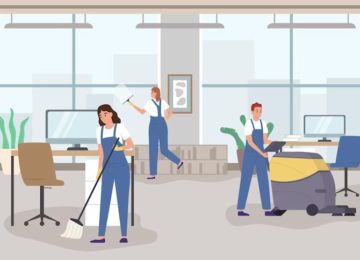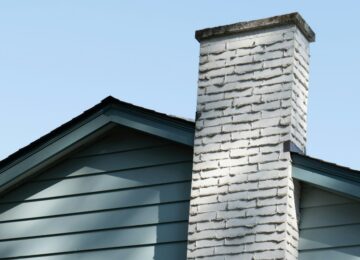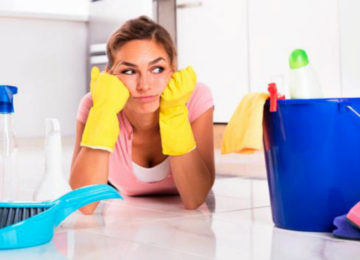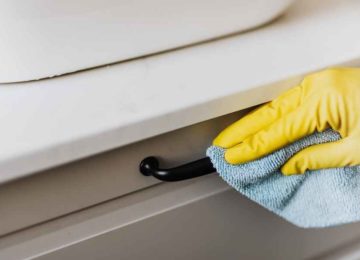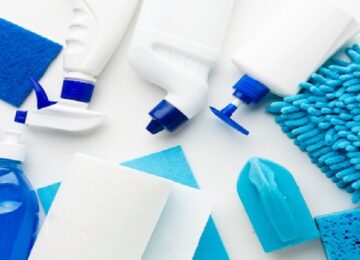Clean rooms, pristine environments with strictly controlled levels of contamination, are essential in industries such as pharmaceuticals, biotechnology, semiconductor manufacturing, and aerospace. Maintaining the integrity of these controlled environments requires specialised cleaning procedures and meticulous attention to detail. This article delves into the key aspects of clean room cleaning, outlining best practices and crucial considerations for achieving optimal cleanliness and ensuring compliance with stringent standards.
1. Understanding Clean Room Classifications
Clean rooms are classified according to the concentration of airborne particles allowed within the space. These classifications, typically defined by ISO standards (ISO 14644-1), range from ISO 1 (the cleanest) to ISO 9 (the least clean). Understanding your clean room’s classification is crucial for determining the appropriate cleaning procedures, frequency, and cleaning agents required to maintain the desired level of cleanliness.
2. Personnel Hygiene and Garbing
Personnel working in clean rooms are a significant source of potential contamination. Implement strict hygiene protocols and garbing procedures to minimise the introduction of particles. This includes:
- Pre-entry Procedures: Hand washing, gowning with clean room garments (coveralls, hairnets, shoe covers, gloves, and masks), and air showers to remove loose particles.
- Behavioural Protocols: Controlled movements and minimised talking within the clean room to reduce particle generation.
- Regular Training: Educate personnel on proper clean room etiquette and contamination control procedures.
3. Cleaning Agents and Equipment
Select cleaning agents and equipment specifically designed for clean room environments. These typically include:
- Low-particle Generating Cleaning Agents: Non-ionic detergents, isopropyl alcohol, and specialised clean room wipes that minimise particle shedding during cleaning.
- Clean Room-compatible Equipment: Vacuum cleaners with HEPA filters, microfiber mops, and non-shedding cleaning tools that prevent the reintroduction of contaminants.
4. Cleaning Procedures and Techniques
Implement standardised cleaning procedures and techniques to ensure consistent and effective cleaning. This includes:
- Defined Cleaning Frequencies: Establish a regular cleaning schedule based on the clean room classification and operational activities.
- Directional Cleaning: Clean from the cleanest to the dirtiest areas, typically starting from the ceiling and working downwards to prevent cross-contamination.
- Two-Bucket Method: Use separate buckets for cleaning solution and rinsing, preventing the spread of contaminants.
- Proper Waste Disposal: Dispose of cleaning materials and waste in designated containers to prevent contamination.
5. Surface Cleaning and Disinfection
Clean and disinfect all surfaces within the clean room, including walls, floors, ceilings, equipment, and work surfaces. Pay close attention to high-touch areas and critical surfaces. Use appropriate cleaning agents and techniques to effectively remove particles and microorganisms without damaging sensitive surfaces.
6. Air Filtration and Monitoring
Maintain the integrity of the clean room’s air filtration system by regularly replacing filters and monitoring air quality. HEPA filters play a crucial role in removing airborne particles. Regular monitoring ensures that the clean room environment meets the required cleanliness standards.
7. Documentation and Validation
Document all cleaning procedures, frequencies, and cleaning agent usage. Maintain records of personnel training and air quality monitoring data. Regularly validate cleaning procedures to ensure their effectiveness and compliance with regulatory requirements.
Summing Up
Clean room cleaning is a critical process for maintaining the integrity of controlled environments and ensuring the quality of products and processes. By implementing these best practices and adhering to stringent standards, you can achieve optimal cleanliness, minimise contamination risks, and ensure compliance with industry regulations.

